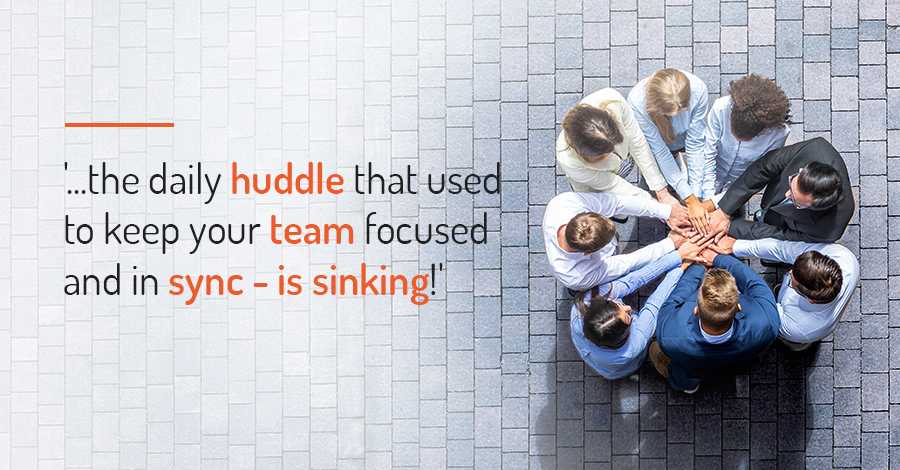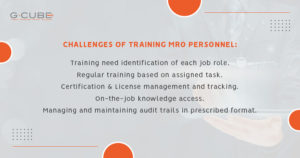
With due respect to all that is positive about work from home, team efforts have really taken a hit and the daily huddle that used to keep your team focused and in sync – is sinking! The employees are either confused, preoccupied, demotivated or all the above – resulting in an unsuccessful session which has serious business impact. But if Covid-19 can have a cure, so can your daily huddle predicament.
In our experience daily huddles have two main purpose.
- Regular updates and tracking
- Real time training based on performance
The issue of regularity has been somewhat resolved with the implementation of meeting makers and conferencing tools. However, there is zero to little accountability of engagement and participation which is an issue most managers are struggling with. An active training session with passive recipients will not result in effective learning.
Good news is that in our experience with a host of enterprise level clients, this challenge can be solved with well-administered gamification strategies through your LMS. While the basic principle of gamification – ‘input-reward-repeat’ is only a part of it, here are all the benefits of gamification of your daily huddle.
Collect Data on Performance
Rewarding employees with points for joining and participating is an obvious trick. The next step is to create levels of a game during each session which the employee has to complete to get to the next level. This helps you to track the performance of an individual on a daily basis, even without the employee having to go through the frustration of ‘Sorry, could not follow you’ or ‘Your voice is breaking.’ This shall also help you understand the trends in your team’s performance, the leaders and also the underdogs.
Creating a Thread of Actions
There is a sense of impermanence in the word ‘daily’. Though it is routine, it is not continuous which sort of takes away the importance of the session. With a multi-level game-based approach, you can achieve a continuance in your daily meet. It creates motivation for the employee to pull up their socks for the next day, even if today they have lagged behind.
Micro-learning Through Games
Microlearning works. Gamification also works. Combining the two works like magic. Imagine trying to deliver product training to a group of remote work force through a week-long induction program. You have a recipe for failure. While if you choose to deliver the same product training in small nuggets in each session, with an immediate assessment model in form of a quiz game – the retention of knowledge will definitely be higher.
Achieving Team Spirit
The apathy employees are experiencing towards virtual meets stems from social isolation and obvious preoccupation as they are removed from their usual set up of a conference room in office. Social learning which accounts for almost 70% of any organization learning is also lost completely. As design consultant and LinkedIn contributor, Tom Jepson says – that to build true engagement, people often need to feel like they are contributing to something bigger than themselves; a ‘greater good’ or commons.
Achieve this by creating a journey for your team so that when they show up for their next team huddle, it is not just a regular ‘work thing’ but an adventure that needs a group of people focusing on a goal bigger than their own immediate network, a set of constraints, and a story to follow.
Did you know that Google achieved 100% employee compliance after implementing a gamified travel expense system? That tells us quite a bit about what a well-executed gamification strategy can achieve, right?












